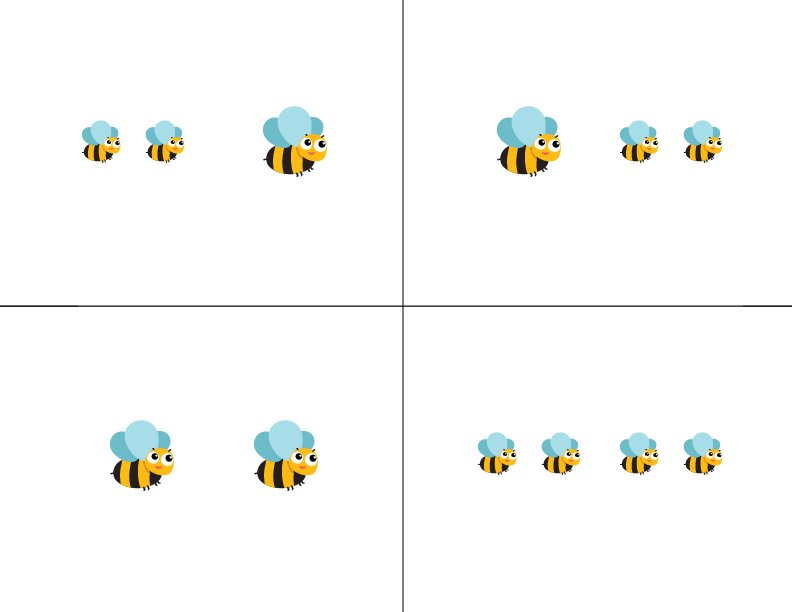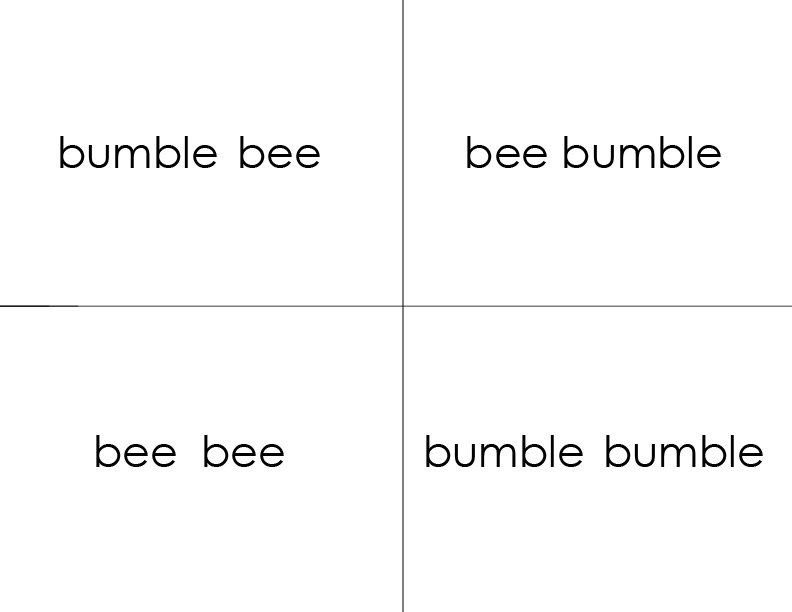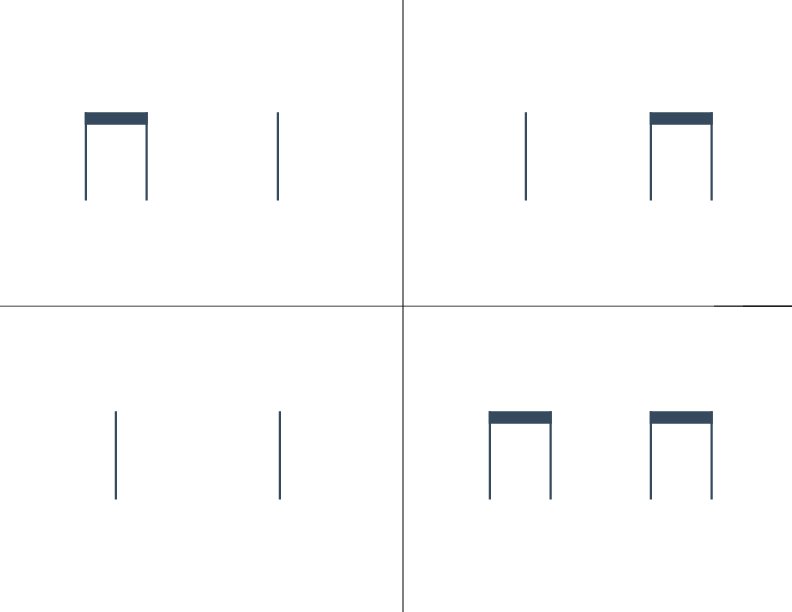Musical Choice: Steps to Take Before Improvisation
Improvisation is the process of generating original musical material in real time. When we improvise, there is little predetermined about the performance. This means students need to have an extensive musical vocabulary internalized and ready to use on the spot.
When students are working with a new element, they may be ready to make musical decisions before they’re ready for the advanced skill of improvisation.
Read more about how I use improvisation with la, sol and mi, and 16th notes
Improvisation is one of the highest musical processes for our students, since it necessitates individually synthesizing knowledge and skills in a new situation. If your students aren’t ready to improvise, they can still make musical decisions that express their individualism and creativity.
Here are ideas some to consider.
Whole-Class Choice
Making alterations as a whole class lets you model the process of creative choice. It’s as simple as having the class vote on a change, and performing the change all together. This could be done with virtually any musical skill, but here are a few ideas to get you started:
Form:
Switch the A and B section.
Repeat the chorus twice.
Repeat the whole song.
Mix up the phrases.
Sing all the rhythms backward.
Words:
Pick a word and find a substitute with the same rhythm
Pick a series of words to perform on body percussion (for example, snap on the numbers in Open the Gate and Let Me In, Sir)
Expression:
Choose to perform the song or rhyme loudly or quietly
Accompaniment:
The class comes up with an ostinato to speak with the song
Students vote on the instrument category (woods, metals, skins, shakers, scrapers) to play the ostinato
Choose phrases to sing as solos and phrases to sing as a group
This option is valuable if your students need a concrete framework for musical decisions. There is a significant amount of teacher input in this process, and less individual student input. These parameters make for a great starting place with musical choice, and you can use the same creative prompts with individuals or small groups in future lessons.
Rhythmic building blocks
Building blocks can be the anchor some students need when they create a new musical idea. They’re valuable because they include teacher-created parameters (what rhythms will be used, and the length of the phrase, etc.).
When preparing an element, you can use iconic notation on your cards or the orthographic words themselves. When practicing an element, you can put the standardized Western notation. When we’re in the practice phase, I like to put both options on the side of the card and let students choose their preference.
For example, with the rhyme, Bee Bee Bumblebee, my students can choose to use the side with bee images, or the side with western notation.
How to use rhythmic building blocks
When you have your phrase created from rhythmic building blocks, there are infinite ways you can use these creative decisions to inspire other musical decisions.
Students can perform it in a rondo with the song
Use the rhythms as a B section
Choose one phrase to use as an ostinato
Go on a “museum walk” to see the other rhythms in the room
Transfer the rhythms to body percussion or unpitched percussion instruments
Do literacy activity where the teacher claps a group’s rhythm and all students listen to determine whose group was chosen (use this as a transition to line up or move to your next activity),
Have student groups clap their rhythm and have the class dictate it with their building blocks
Pick your favorite phrase
In this activity, I like to use options extracted from the song itself, especially at the beginning. Students have contextualized this material which makes it easier to draw upon on the spot.
Choose a song your students enjoy, then create variations of the rhythms to play as a B section.
When the song is over, students choose one of three options on the board.
For example, in Built My Lady a Fine Brick House, we get done playing the game and singing the song, then students choose a “house” on the board to play.
Before students choose their house on their own, we do a group practice of each individual rhythm so students can practice the flow of each activity.
Version two
Even if your class as a whole isn’t ready to improvise original musical material from scratch, you probably have a few students who would enjoy the activity and find success with it.
For a variation on the same activity, add an additional empty eight beats to the phrases on the board. I like to give a visual cue for the number of empty beats the student has to fill, especially at first.
This is a great transition to more fluid improvisation activities. At some point when students have had enough practice with the activity, you can invite everyone to make something up.
There are so many ways to facilitate student choice and creative expression without improvisation.
These are a few ways to help students make musical decisions before they move to improvising on their own. These ideas are not replacements for improvisation. Instead, they are ways to build your students’ decision-making muscles so they’re ready for more intentional improvisation later.
What are some of your favorite ways to offer musical choice in your room?






